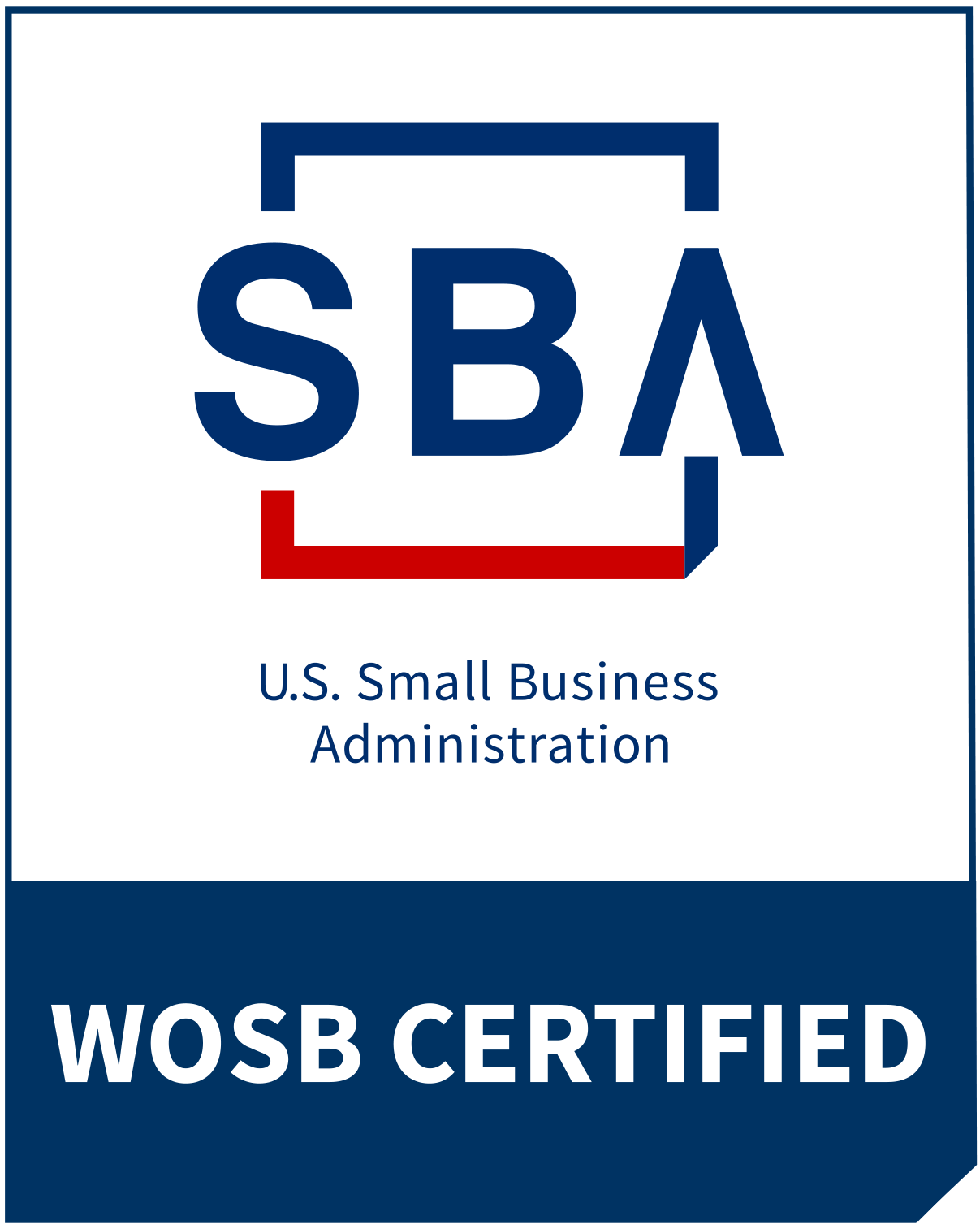- Karen Hairston
- 0 Comments
- May 9, 2024
The Learning Edge
Imagine this scenario: You’ve been running a small business for a few years, and while you’ve managed to stay afloat, significant growth has eluded you. Your employees are stuck in their ways, resistant to change, and you’re constantly putting out fires. Sound familiar? If so, you’re not alone. Many business owners struggle with similar challenges, but what if I told you that the solution lies in fostering a learning culture within your organization?
The Importance of a Learning Culture
A learning culture is one where continuous learning and growth are valued, encouraged, and integrated into the heart of the company. It’s a culture where employees feel empowered to take risks, make mistakes, and learn from them. According to a study by Bersin & Associates, companies with strong learning cultures are 26% more likely to deliver quality products, 37% more productive, and 58% more likely to have skills to meet future demand.¹
The Consequences of a Stagnant Culture
On the flip side, a company without a learning culture is like a plant without water – it will eventually wither and die. Signs of a stagnant culture include resistance to change, lack of innovation, high turnover rates, and low employee engagement. A study by Gallup found that disengaged employees cost U.S. companies $450-550 billion annually in lost productivity.²
Building a Learning Culture
So, how do you cultivate a learning culture in your small business? Here are some basic steps:
1. Lead by example: As a leader, you must model the behavior you want to see in your employees. Embrace learning opportunities, admit when you don’t know something, and be open to feedback.
2. Encourage risk-taking: Create a safe space for employees to experiment and take risks. Celebrate failures as learning opportunities and encourage employees to share their lessons learned.
3. Provide learning opportunities: Invest in your employees’ development by offering training programs, workshops, and mentoring opportunities. Encourage them to attend industry conferences and pursue certifications.
4. Foster collaboration: Encourage cross-functional collaboration and knowledge sharing. Create opportunities for employees to work together on projects and learn from each other.
5. Recognize and reward learning: Acknowledge and celebrate employees who take the initiative to learn and grow. Consider implementing a formal recognition program or offering incentives for learning achievements.
Common Challenges and Solutions
Implementing a learning culture can be challenging. Common obstacles include resistance to change, lack of resources, and competing priorities. To overcome these challenges, start small and build momentum over time. Identify key stakeholders who can champion the initiative and help build buy-in across the organization. Be transparent about the benefits of a learning culture and how it aligns with the company’s goals and values.
The Benefits of a Learning Culture
So, why invest in a learning culture? The benefits are numerous and far-reaching. A learning culture can help you attract and retain top talent, as employees are more likely to stay with a company that invests in their development. It can also lead to increased innovation, as employees are encouraged to think creatively and explore new ideas. Additionally, a learning culture can help you scale your business more effectively, as employees are better equipped to handle new challenges and adapt to change.
From a client acquisition perspective, a learning culture can be a powerful differentiator. Clients want to work with companies that are on the cutting edge of their industry and are constantly evolving to meet their needs. By fostering a learning culture, you signal to clients that you are committed to staying ahead of the curve and delivering the best possible service.
Conclusion
In today’s fast-paced business environment, a learning culture is no longer a nice-to-have – it’s a necessity. By cultivating a culture of continuous learning and growth, you can position your business for long-term success. It won’t happen overnight, but with commitment and persistence, you can transform your organization into a dynamic, innovative, and profitable entity.
So, where do you go from here? Start by assessing your current culture and identifying areas for improvement. Engage your employees in the process and get their input on how to create a more learning-focused environment. Set clear goals and metrics for success and celebrate progress along the way. Remember, building a learning culture is a journey, not a destination – but it’s a journey well worth taking.
Data Sources:
¹ https://hsi.com/blog/10-steps-for-growing-your-learning-culture
² Gallup. (2017). State of the American Workplace.
Is Your Business Growing But You Feel Like It’s Falling Apart?
Feeling the strain of business growth? You're not alone. Many successful businesses face these challenges. It's often the little things that cause big headaches. Suddenly, your tried-and-true methods don't work anymore, profits shrink, customers are complaining, and you're constantly firefighting.
The key lies in fine-tuning your systems to support your growth. My 3S Profit Optimizer framework helps to secure more clients, streamline operations, and supercharge scalability. I've helped numerous businesses overcome these hurdles, and I'd love to see how I can help you succeed.
Let’s minimize the growing pains and prevent them from reflecting poorly on your business. To learn how to have more freedom, more control, and more opportunities to earn income take action now and click below.
Related Posts





